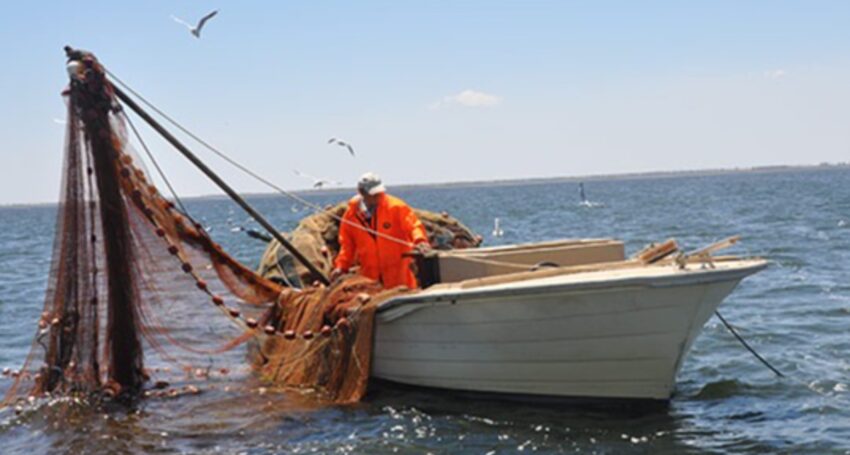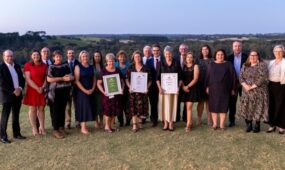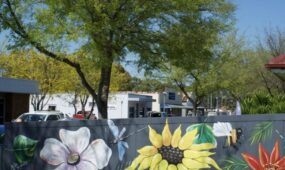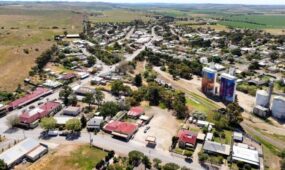Call for action to keep Coorong flush with fresh water
Regional
Recent River Murray flooding has helped equalise salinity levels in the Coorong but continued water extraction could quickly return the imbalance, researchers warn.

Sign up to receive notifications about new stories in this category.
Thank you for subscribing to story notifications.

A study conducted by the University of Adelaide before the floods late last year found that areas of the Coorong had become saltier than seawater, but new research has shown the influx of freshwater may help to flush the waterway and restore ecological stability.
Study leader, Associate Professor Luke Mosley said that the saline levels are being continuously monitored to see if the floods will halt hypersalinity in the Coorong.
“Salinity is one of those water quality parameters that you can monitor continuously, so there are stations out in the Coorong that the Department of Environment and Water manage,” Mosley said.
Alongside salinity levels, deposits of nutrients and algae that have coalesced in the Coorong have shown signs of reduction following the floods.
Mosley said that while climate change was certainly having an impact, water extractions from the Murray-Darlin basin were largely to blame for less freshwater being available to flush the Coorong.
“Pre-European times we got more floods and more flushing of the Coorong because water wasn’t being extracted upstream,” Mosley said.
“Essentially, too much water has been given out for extractive purposes which is largely irrigation.
“The Coorong being at the end of the system is the most vulnerable to water being extracted upstream.”
His warning comes after the state government announced that irrigators along the Murray will get 100 per cent of their water allocation this year on the back of the recent floods.
Although the flooding may have a positive impact on the Coorong in the short term, Mosley said that long-term management of the Coorong is still essential.
A State Government program called Project Coorong hopes to alleviate some of the environmental concerns by implementing infrastructure such as pumps to draw poorer quality water out.
“That might enable us to keep the Coorong healthier for a longer period of time instead of relying on these big events,” Mosley said.
The Department of Primary Industries and Regions South Australia said aquaculture has also been heavily impacted by the environmental changes in the region.
“Mulloway, greenback flounder, black bream and yelloweye mullet, are sensitive to water that is too saline, and these estuarine dependent species will seek water habitats that are more suitable to their salinity tolerance,” a spokesperson said.
The Department of Environment and Water’s Coorong, Lower Lakes and Murray Mouth leader Adrienne Rumbelow is now hopeful the lake will soon see nationally threatened species like the Murray Hardyhead fish return to the fragile ecosystem.
Fisheries in the Coorong make a significant contribution to the local economy, with $25.5 million contributed to the GSP in 2020/21.
While the recent freshwater flushing has shown positive signs for native species, non-native carp have also had increased numbers in the Coorong.
“Although the freshwater influx is very encouraging for native species, it has also opened up areas of the Coorong to non-native carp and it is unclear what impact this may have in the longer term for the fishery and Lakes and Coorong ecosystem,” the PIRSA spokesperson said.
Jump to next article




